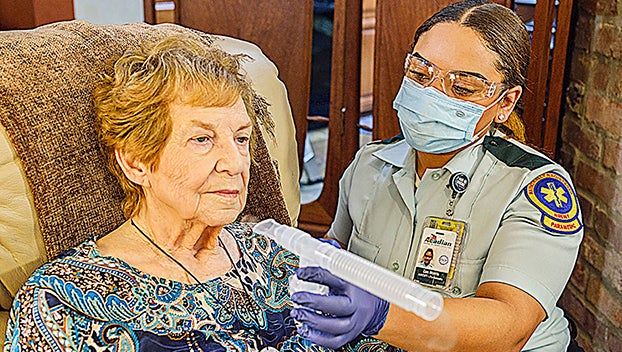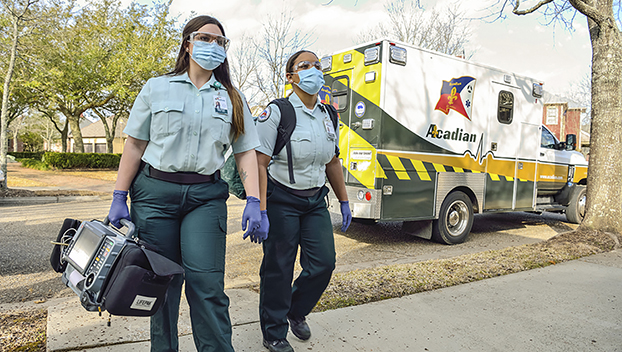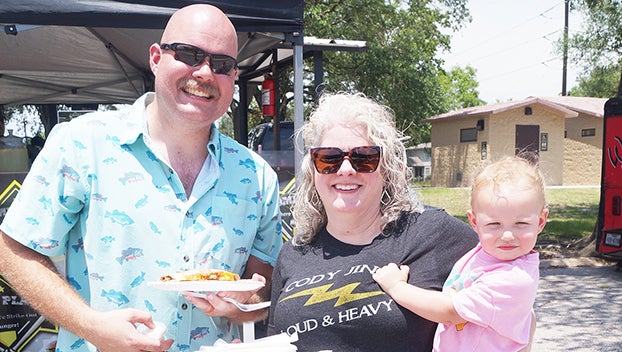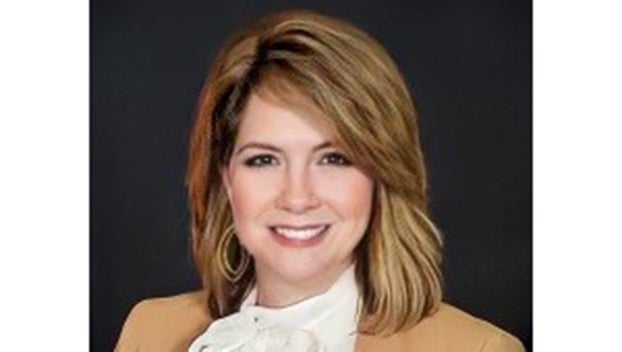Acadian Ambulance offers alternatives to ER & hospital stop
Published 12:14 am Saturday, March 5, 2022

- Acadian Ambulance officials said crew members can treat some individuals where they are. (Acadian Ambulance/Special to The Leader)
|
Getting your Trinity Audio player ready...
|
As the healthcare system’s capacity around the country continues to be strained and the public is increasingly interested in more efficient, low cost, and convenient health care, Acadian Ambulance is pioneering new emergency medical care delivery models.
For the past several years, Acadian Ambulance has been working with federal and state officials, insurance companies, and other healthcare providers to offer alternative models for patient care when a trip to the hospital may not be necessary.
The models, known as Treat in Place and Alternative Destination Transport, allow EMS crews to offer alternative solutions to best meet patients’ needs.
Both models provide cost savings to the patient and their insurers, and offer quicker, more convenient care.
In the Treat in Place model, paramedics consult with a physician via telehealth and provide the necessary care without an unnecessary transport to the hospital. The paramedics also help arrange follow-up appointments with the patient’s primary care provider.
Some of the conditions treated under this model include COVID-19 symptoms, asthma or COPD exacerbations, nausea, vomiting, dehydration or diabetes-related illness.

When patients may need to see a provider, but not necessarily require an ED visit, paramedics utilize the Alternative Destination Transport model. (Acadian Ambulance/Special to The Leader)
A practical application of the Treat in Place model is providing telehealth physicians with the ability to treat a patient suffering from nausea, vomiting, and dehydration with anti-nausea medication and IV fluids carried by Acadian’s paramedics.
“Interventions like these are safe and allow the patient to receive care in the convenience of their homes without the added expense of a hospital ED or urgent care,” said Acadian Health Director of Operations Richard Belle.
When patients may need to see a provider, but not necessarily require an ED visit, paramedics utilize the Alternative Destination Transport model. Patients can be transported to an urgent care clinic, physician’s office or behavioral health facility.
Some of the conditions treated under this model include non-traumatic joint and back pain, broken bones or sprains, cuts requiring stitches and diagnostic testing.
If the patient’s condition warrants immediate emergency department care or the patient prefers to go to the hospital, the paramedics will quickly provide the transport.
Acadian Ambulance Chief Medical Officer Dr. Chuck Burnell believes the models are a giant step forward in providing the most appropriate care to the patient.
“We know that many 911 callers can be cared for in their homes or at the scene of an emergency,” he said. “Particularly in this latest COVID wave, we have been able to help reduce the number of sick, but stable, COVID patients from inundating emergency departments.”
Acadian’s Treat in Place and Alternative Destination Transport programs drastically eliminate unnecessary trips to the emergency department, reduce hospital admissions and lower the overall cost of healthcare for both the patient and the health system.
According to Consumer Health Ratings and the Healthcare Financial Management Association, the average trip to the ED costs over $1,000, and preventable visits account for more than $8 billion annually.
Acadian Ambulance began providing Treat in Place and Alternative Destination Transport throughout Louisiana in June 2020, largely in response to the COVID-19 pandemic.
The Treatment in Place and Alternative Destination Transport models are a patient-centered approach that align with the Institute for Healthcare Improvement’s Triple Aim Initiative.
Acadian Ambulance Chairman & CEO Richard E. Zuschlag said, “Acadian Ambulance has been a leader in mobile healthcare. We continue to invest in innovation to ensure Acadian remains an industry leader in the next generation of EMS. By continuing to develop meaningful partnerships with health plans, health systems and providers, we continue to improve patient care while reducing costs for all.”





